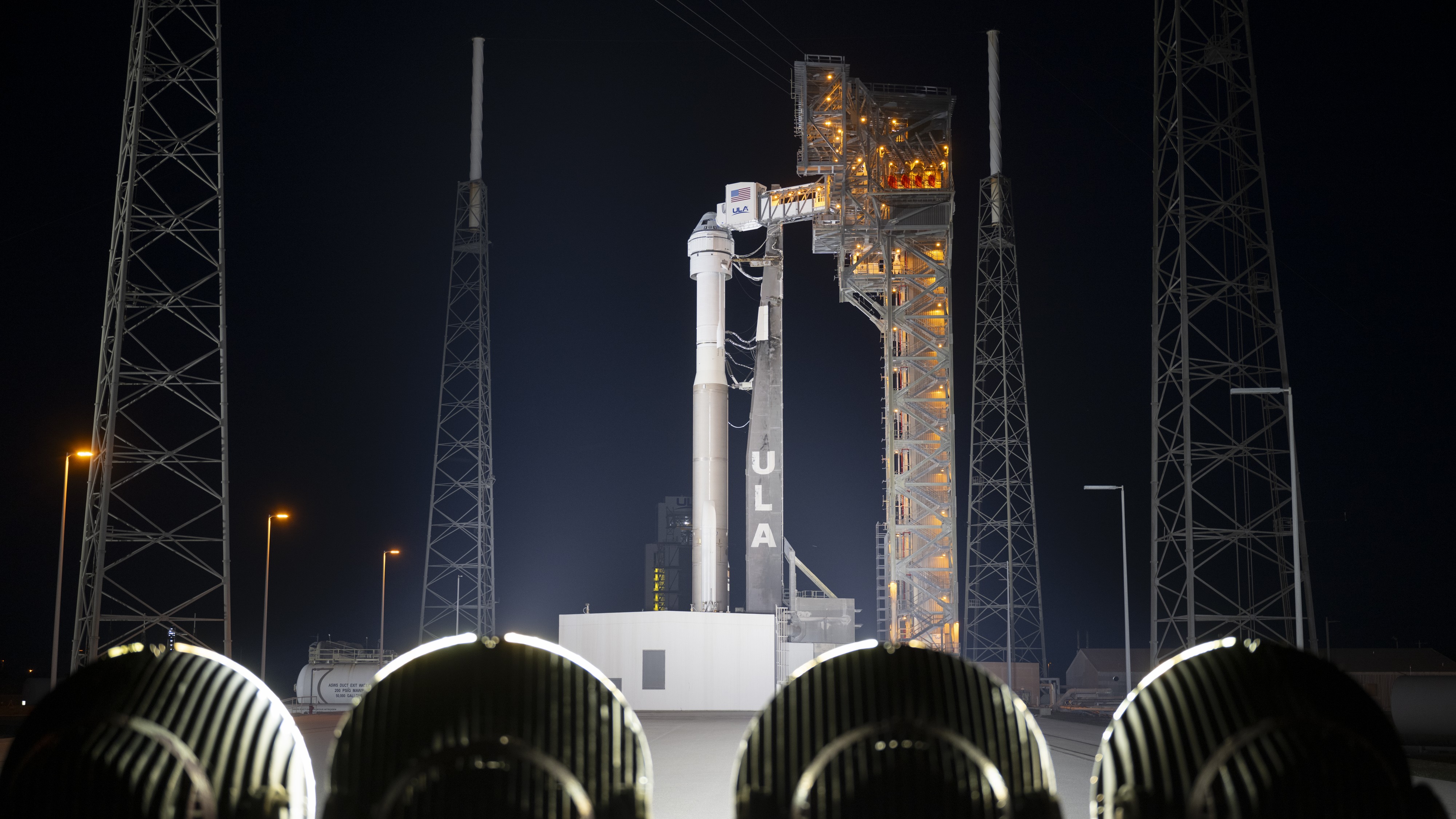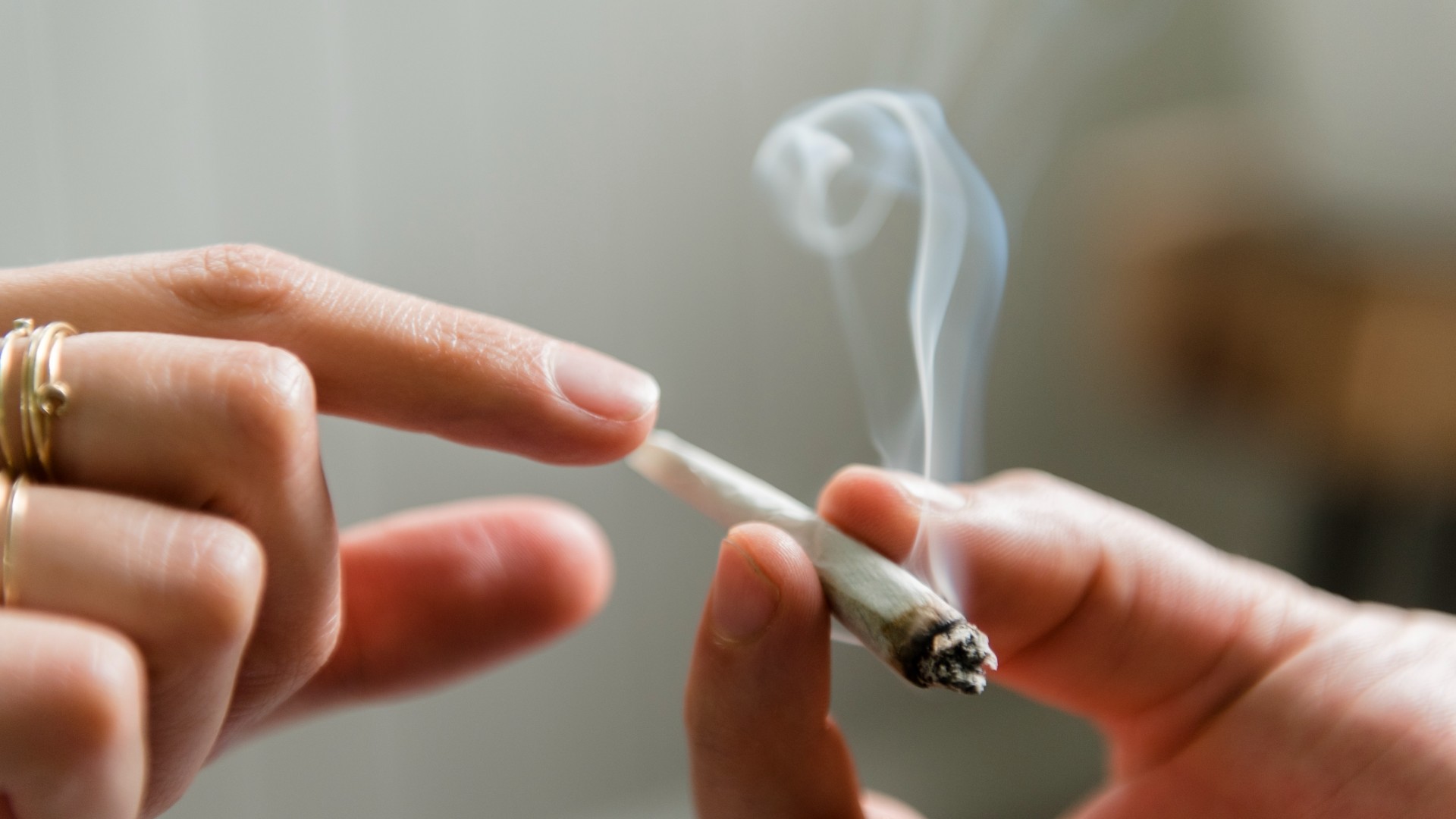Waste, Vol. 2, Pages 58-71: Anaerobic Treatment of Food Waste with Biogas Recirculation under Psychrophilic Temperature
Waste doi: 10.3390/waste2010003
Authors: Tafannum Torsha Catherine N. Mulligan
Food waste has emerged as a pressing concern, and thus advanced techniques to valorize food waste into nutrition rich materials as well as renewable energy are highly important. The exceptional biodegradability of food waste renders it a highly suitable substrate for anaerobic treatment. This leads to energy production and a reduction in the carbon footprint. Nevertheless, in frigid territories like Canada, the conventional mesophilic anaerobic digestion at 30–40 °C can require substantial amounts of energy. Consequently, this study introduces a new approach to treat food waste at psychrophilic temperatures (1–20 °C). Lower temperatures can negatively impact cellular processes during anaerobic treatment, rendering substrates less accessible to microscopic organisms. To address this challenge associated with lower temperatures, the study introduces an innovative biogas recirculation strategy. The primary objectives of this study are to assess the viability of anaerobic treatment for food waste at psychrophilic temperatures and to investigate the effectiveness of reintroduction of the produced biogas to the anaerobic system in enhancing biomethane generation and stability of the system. Batch experiments were conducted on food waste in various assessments, both with and without biogas recirculation. The outcomes revealed a methane concentration ranging from 68% to 93% when biogas recirculation was employed, whereas without this technique, methane concentration varied between 10% and 45%. Moreover, with biogas recirculation, the reduction in volatile solids reached a maximum of 92%, and there was an 82% decrease in chemical oxygen demand. In conclusion, the utilization of the recirculation of biogas at the psychrophilic temperature range enhanced biomethane production and reduction of volatile solids and chemical oxygen demand. This study underscores the potential of employing anaerobic treatment with reintroduction of produced biogas into the system in cold regions as an economically viable and sustainable choice for treating food waste with nominal energy consumption.

 3 months ago
15
3 months ago
15


